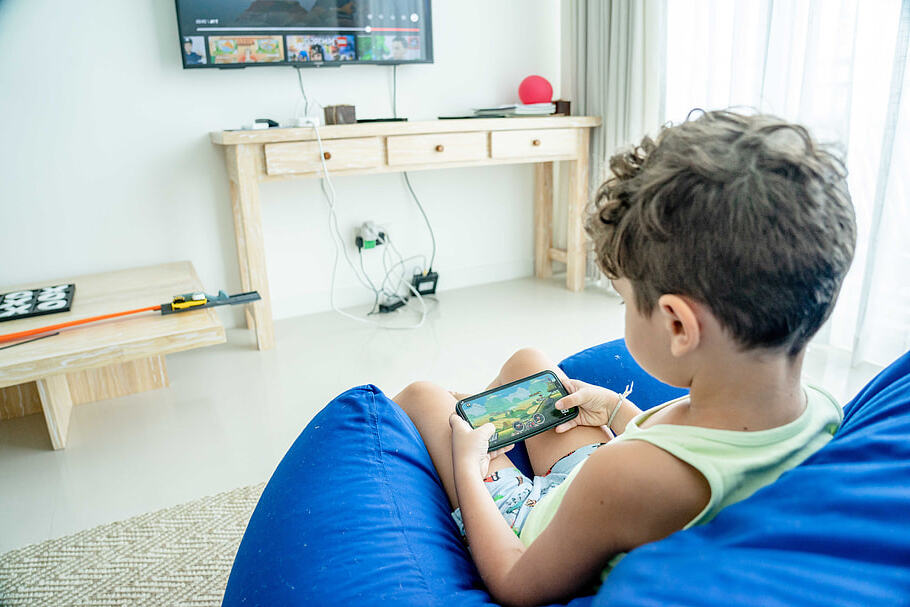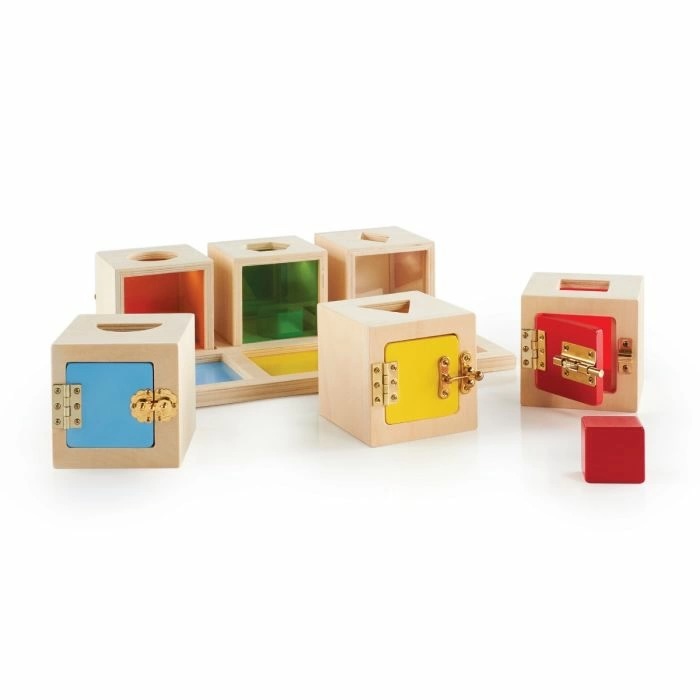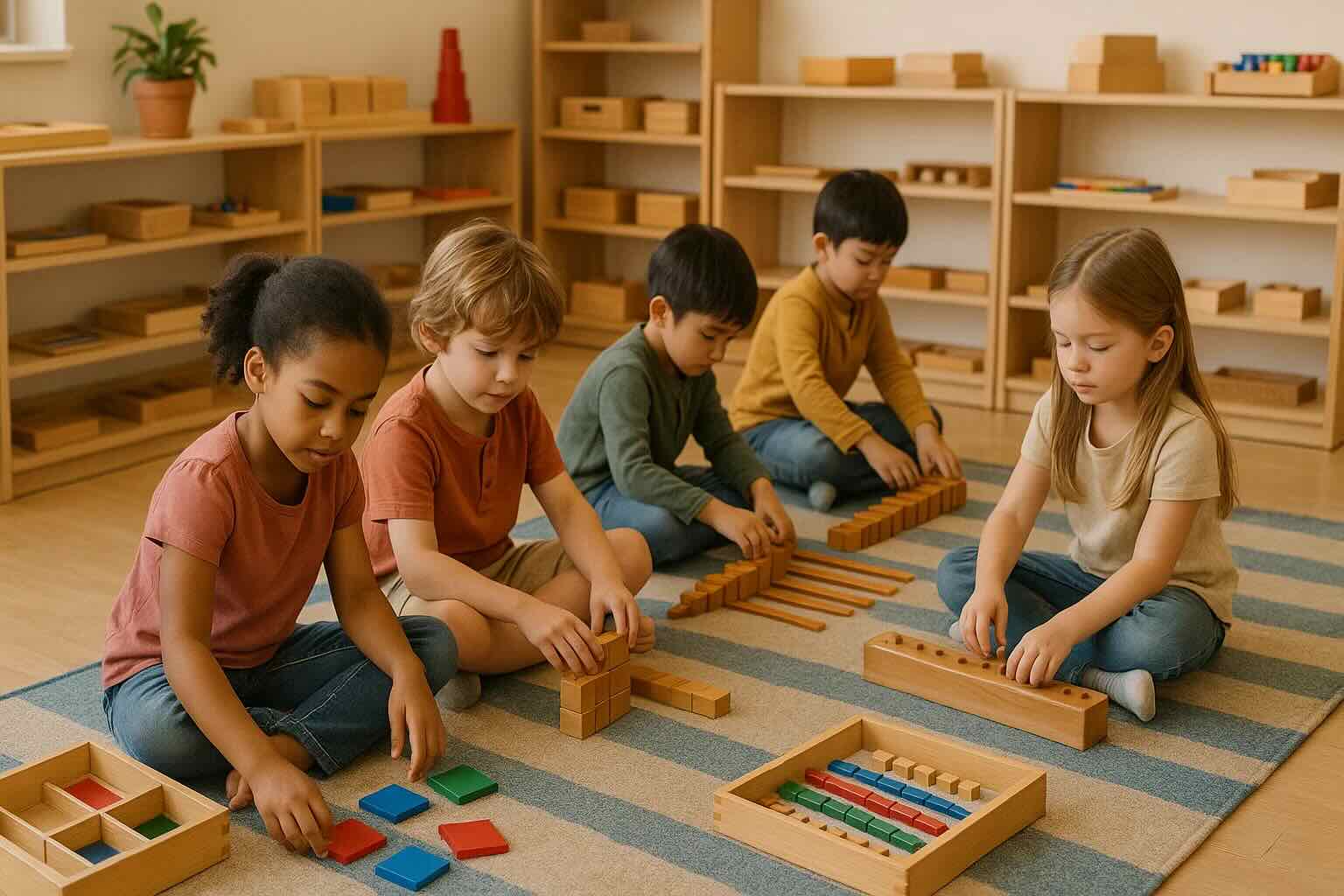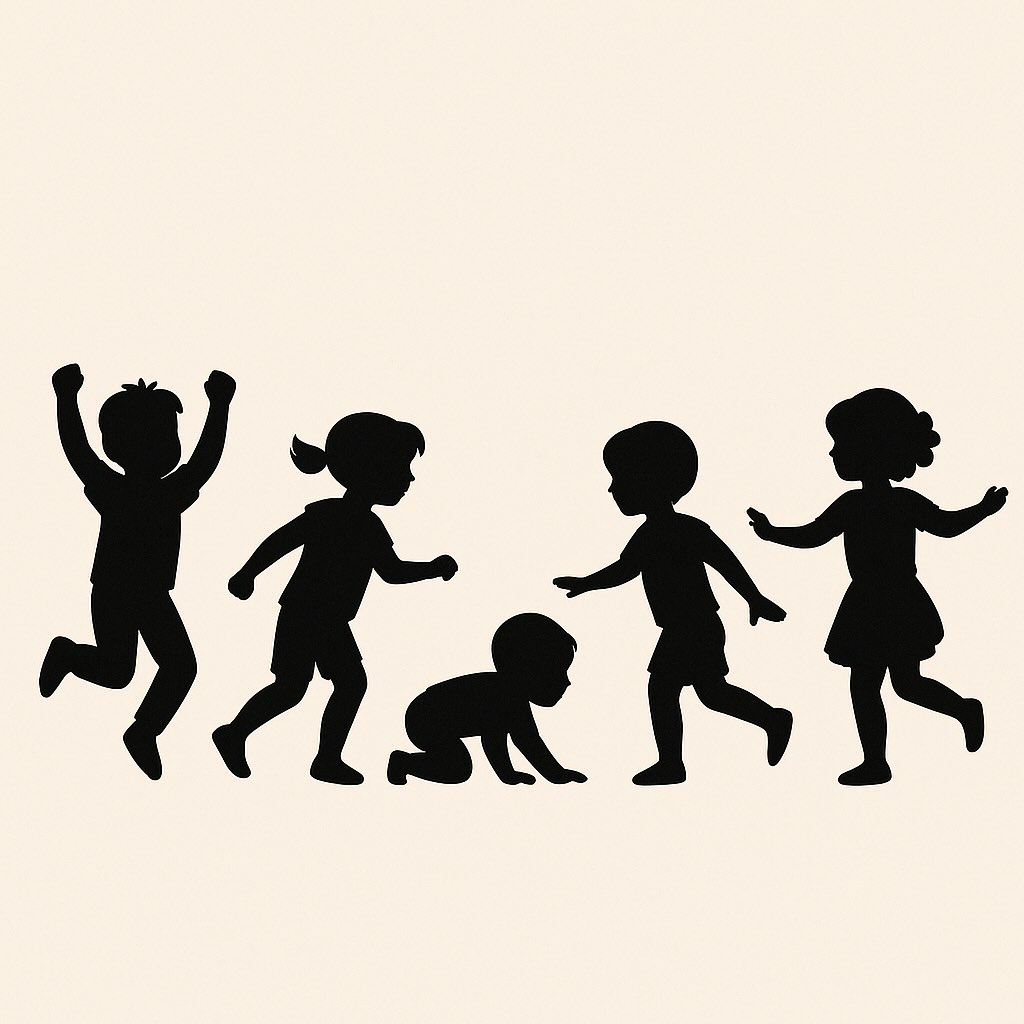Screen-time battles wearing you down? You're not alone. Many parents struggle to find engaging alternatives that actually capture their child's attention long enough to put the tablet away. The good news is that toddlers and preschoolers naturally crave hands-on exploration, creative play, and meaningful interaction, they just need the right setup to choose these activities over screens.
Research shows that excessive screen-time in early childhood can impact sleep quality, attention span, and social development. But finding realistic alternatives to screen time that work in busy households can feel overwhelming. These ten activities are different: they use materials you already have, take just minutes to set up, and are designed around what actually motivates young children to engage and explore independently.
Whether you're looking to establish screen-free zones, create calming pre-bedtime routines, or simply give your 2–6-year-old more variety in their day, these activities offer practical solutions that fit into real family life—no Pinterest-perfect playrooms required.
Parents ask for practical ways to cut screen-time without battles. Below are ten quick setups kids actually choose—each takes minutes, uses things you already have, and fits into real life.
💡 Quick start (5–10 min): pre-pack one story basket (2 picture books + blanket), one quiet bin (puzzle + matching cards), and one movement card stack (animal walks, freeze cues). Keep them near your TV or tablet so swaps are easy.
Browse open-ended wooden blocks1) Storytelling Fort on a Rug
Make a cozy “no-tech zone” with books, puppets, and a lamp. Kids choose roles and retell stories inside the fort.
- How-to: throw a sheet over two chairs; add a basket of 3–4 books and a “story starter” card.
- Age tweaks: 2–3y use picture prompts; 4–6y rotate narrator/character.
- Helpful gear: a roomy classroom rug for comfy floor time—see Carpets for Kids or a deep pick like the Rainbow Seating Rug 8'4" × 13'4".
2) Build-a-Town Challenge (Blocks + Maps)
Give a brief: “We need a library, a bridge, and a park.” Kids plan, build, and revise.
- How-to: tape a paper “river,” draw roads; set a 10-minute build timer; do a “town tour.”
- Age tweaks: 2–3y stack + sort; 4–6y add signs, bus routes, and simple rules.
- Helpful gear: unit & wooden blocks.
3) Locks-and-Latches Rescue Mission
Hide a “treasure” (note/pom-pom). Kids open locks to rescue it—timed rounds add excitement.
- How-to: place 3–5 locks/latches; start with a demo; then “rescue” in teams.
- Age tweaks: 2–3y single latch; 4–6y multi-step sequences.
- Helpful gear: fine-motor lock boards/boxes (browse Montessori toys).
4) Name-Train Letter Hunt
Hide letters of your child’s name. Each find unlocks a silly action (hop 3 times, roar like a lion).
- How-to: write letters on cards or use wooden letters; set a timer; celebrate in order.
- Age tweaks: 2–3y find first letter only; 4–6y spell forward/backward.
- Helpful gear: Name Trains for personalization + letter mastery.
5) Sorting Olympics
Race to sort natural objects (pinecones, rocks) by size/texture, then invent new categories.
- How-to: lay 3 bowls: “big/small/rough.” After one round, kids choose new rules.
- Age tweaks: 2–3y color/size only; 4–6y add patterns and “outliers.”
- Helpful gear: see sorting activities.
6) Movement Freeze-Dance (Montessori-Style)
Alternate “move like a leaf/cat/robot” with freeze cues. Movement burns energy; freezes build control.
- How-to: 60–90 seconds movement, 10-second freeze; rotate leader each round.
- Age tweaks: 2–3y copy adult; 4–6y kids invent poses.
- More ideas: 51 Montessori-Inspired Dance Games.
7) Kitchen Helper Station
Low-mess jobs: spin salad, wash berries, tear herbs, plate snacks.
- How-to: set a damp mat + bowl at counter edge; offer one job at a time; praise effort.
- Age tweaks: 2–3y rinse & tear; 4–6y measure & stir.
- Tip: use a stable step stool and pre-measured cups; keep knives out of reach.
8) Quiet-Bin Rotation (10-Minute Prep)
Make 3–4 shoe-box “bins”: puzzles, matching cards, threading, simple mazes. Rotate daily.
- How-to: label bins by day; set a 15-minute sand timer; one bin per child.
- Age tweaks: 2–3y chunky puzzles; 4–6y simple logic or pattern cards.
- Helpful gear: Montessori toys by age • Toys for 2-year-olds.
9) Math-in-Motion Scavenger Hunt
Hide shape/number cards; kids find and “solve” (make 5 with blocks, find 3 circles at home).
- How-to: place 10 cards; each find has a micro-task; finish with a “math parade.”
- Age tweaks: 2–3y match numerals; 4–6y simple addition with manipulatives.
- More ideas: Early Math Through Play.
10) Circle-Time Classics at Home
Short rituals: hello song, weather check, show-and-tell, “talking stick,” and 30-second breathing.
- How-to: sit on a rug in a circle; use a simple prop (leaf/stone) as the talking piece.
- Age tweaks: 2–3y keep under 8 minutes; 4–6y kids lead one segment.
- Prompts: borrow from 44 Circle-Time Activities.
⏰ Make it stick: (1) protect a screen-free hour before bed; (2) create a written Family Media Plan (AAP); (3) stash an activity kit near every “temptation zone” (living room, kitchen).
See educational rugsMini-FAQ
How much daily screen-time is okay for toddlers?
Under-1: avoid (except video chat). Ages 2–4: aim for ≤1 hour/day of high-quality, co-viewed content—balanced with sleep and active play (WHO, AAP). See sources below.
Does cutting screens before bed really help sleep?
Yes—a randomized clinical trial in toddlers showed that removing screens in the hour before bedtime produced modest, objective sleep improvements (actigraphy). See JAMA Pediatrics 2024 below.
What if my child resists every activity?
Offer choice (pick one of two bins), keep sessions brief (10–15 min), and rotate materials weekly. Let your child “lead” one step to boost buy-in.
References (parent-friendly science)
- World Health Organization. Guidelines on Physical Activity, Sedentary Behaviour and Sleep for Children Under 5 Years of Age (2019). WHO page • PDF
- American Academy of Pediatrics. Family Media Plan (updated 2024). HealthyChildren.org
- Pickard H, et al. Toddler Screen Use Before Bed and Its Effect on Sleep. JAMA Pediatrics (2024). Article • PubMed
- Eirich R, et al. Association of Screen-Time With Internalizing and Externalizing Behavior Problems in Children ≤12 Years: A Systematic Review and Meta-analysis. JAMA Psychiatry (2022). Article • PMC








